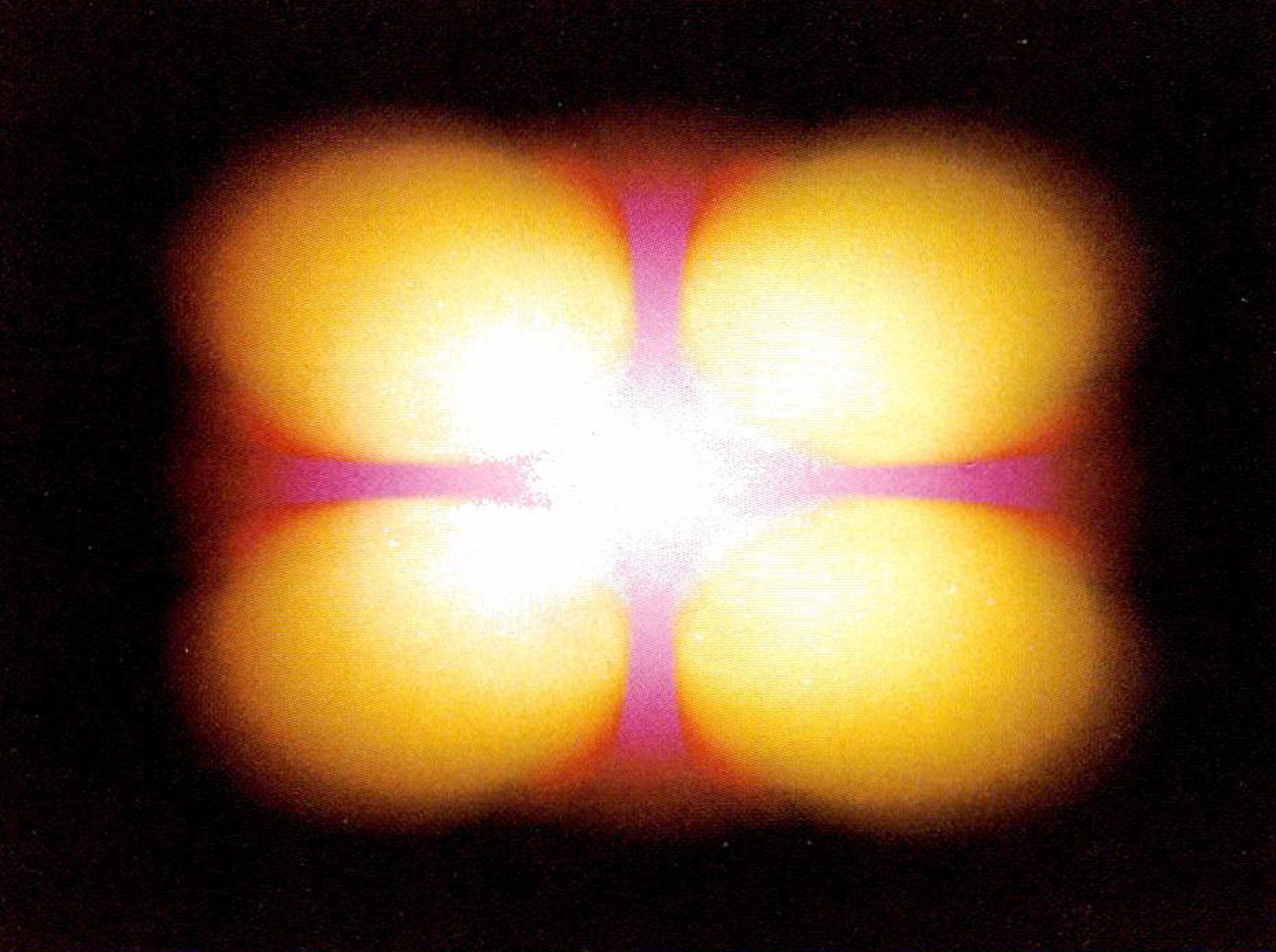“Temporal anti-aliasing in computer generated animation” by Korein and Badler
Conference:
Type(s):
Title:
- Temporal anti-aliasing in computer generated animation
Presenter(s)/Author(s):
Abstract:
The desirability of incorporating temporal anti-aliasing, or motion blur, into computer generated animation is discussed and two algorithms for achieving this effect are described. The first approximates continuous object movement and determines intervals during which each object covers each pixel. Hidden surface removal is then performed, allowing the calculation of visible object intensity functions and subsequent filtering. The second form of algorithm detailed involves supersampling the moving image and then filtering the resulting intensity function to “multiply-expose” each output picture. The effects of filter types and the relationship of the algorithms to forms of spatial anti-aliasing are discussed.
References:
1. Badler, Norman, Joseph O’Rourke, Hasida Toltzis. “A Spherical Representation of a Human Body for Visualizing Human Movement,” Proceedings of the IEEE, 67(10), October 1979, pp. 1397-1403.
2. Blinn, James F., Computer Display of Curved Surfaces, University of Utah Doctoral Dissertation, Computer Science Dept., 1978.
3. Bouknight, W. J. “A Procedure for Generation of Half-tone Three-dimensional Computer Graphics Representations,” Communications of the ACM, 13(9), September 1970, pp. 527-536.
4. Bui-Tuong, Phong, “Illumination for Computer-Generated Pictures,” Communications of the ACM, 18(6), June 1975, pp. 311-317.
5. Catmull, Edwin. “A Hidden-Surface Algorithm with Anti-Aliasing,” Computer Graphics, 12(3), August 1978, pp. 6-10.
6. Crow, Franklin. “The Aliasing Problem in Computer-Synthesized Shaded Images,” University of Utah Doctoral Dissertation, 1976.
7. Crow, Franklin. “A Comparison of Antialiasing Techniques,” IEEE Computer Graphics and Applications, 1(1), January 1981, pp. 40-48.
8. Gouraud, H., “Continuous Shading of Curved Surfaces,” IEEE Transactions on Computers, C-20(6), June 1971, pp. 623-628.
9. Gupta, Satish and Robert Sproull. “Filtering Edges for Grey-Scale Displays,” Computer Graphics, 15(3), August 1981, pp. 1-5.
10. Lipscombe, James. “Reversed Apparent Movement and Erratic Motion with Many Refreshes per Minute,” Computer Graphics, 14(4), March 1981, pp113-118.
11. Knowlton, Kenneth. “Computer-Aided Definition, Manipulation, and Depiction of Objects Composed of Spheres,” Computer Graphics, 15(1), April 1981, pp. 48-71.
12. Norton, Alan, Alyn Rockwood and Philip Skolmoski. “Clamping: A Method of Antialiasing Textured Surfaces by Bandwidth Limiting in Object Space,” Computer Graphics, 16(3), July 1982, pp. 1-8.
13. Potmesil, Michael and Indranil Chakravarty. “A Lens and Aperture Camera Model for Synthetic Image Generation,” Computer Graphics, 15(3), August 1981, pp. 297-305.
14. Potmesil, Michael and Indranil Chakravarty. “Motion Blur in Computer Generated Images,” Computer Graphics, 17(3), July 1983.
15. Reeves, William. “Particle Systems – A Technique for Modelling a Class of Fuzzy Objects,” Computer Graphics, 17(3), July 1983.
16. Szabo, Nicholas. “Digital Image Anomalies: Static and Dynamic,” in Bruce Schachter (ed.), Computer Image Generation, John Wiley and Sons, New York, 1983.
17. Thomas, Frank and Ollie Johnston. Disney Animation: The illusion of Life, Abbeville Press, New York, 1981.
18. Watkins, G.S. “A Real-Time Visible Surface Algorithm,” University of Utah Computer Science Dept., UTEC-CSc-70-101, June 1970.
19. Whitaker, Harold and John Halas. Timing for Animation, Focal Press Ltd., London, 1981.
20. Williams, Lance. “Overview of 3D Animation,” Tutorial: Computer Animation Techniques, SIGRAPH ’79.
21. Williams, Lance. “Overview of 3D Animation,” Seminar: Three Dimensional Computer Animation, SIGRAPH ’81.




